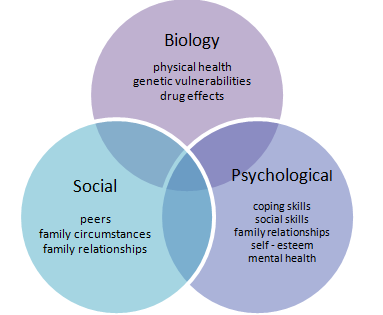Chronic Pain and the Power of Education
Understand Pain. Control Pain. Thrive without it.
Serving as a physical therapy provider means that pain is often what brings patients into our doors. However, pain itself is a normal human experience without which we wouldn’t be able to survive. Chronic pain, however, is not normal and affects greater than 25 million Americans every day. [1] So why does chronic pain exist and what can physical therapists do to help those in need?
Before tackling the treatment for chronic pain it’s important to identify what pain is and where it comes from. Pain itself, as noted above, is normal as long as it’s in the presence of an acute injury such as stepping on a nail. In this instance, the nail causes local damage within your foot which “wakes up” the nerves nearby. These nerves send a message to your brain that significant damage has occurred in your foot. The brain processes these messages from those nerves and tells you that you’re in pain in order to bring attention to your foot. In this case, pain is your body’s alarm system working properly [2] . An important distinction here is that the nerves did not send “pain” to your brain. They sent a message to your brain which was then properly interpreted as pain .
For some patients with chronic pain, however, people are experiencing pain even though actual damage to their tissues may not , or may no longer exist [3]. Does this mean that their pain isn’t real? No [4]. Many people with chronic pain did have an injury which caused actual tissue damage and significant pain. For one reason or another, once their injury healed, their nervous system continued to send messages to their brain and their brain continued to interpret them as painful. In this case, the body’s alarm system is not functioning properly. Here, it’s continuing to alert the brain that something is wrong even though the original injury has healed. From the patient’s perspective however, the pain is every bit as real, every bit as painful, and every bit as scary as the pain they felt upon their initial injury.
Chronic pain has been shown to actually change the way the brain and nervous system responds to pain and how the brain sees and interprets messages from its own body [5] . So how can physical therapists help with chronic pain if a physical injury may no longer exist and a highly sensitive nervous system (alarm system) is causing persistent pain? Pain Neuroscience Education (PNE) is a method of increasing a patient’s understanding of their own pain, andcombined with manual and exercise therapy, has been shown to be effective for those suffering from chronic pain [6] . Pain Neuroscience Education is a dynamic, customized, two-way educational process that improves patient understanding of the underlying processes involved in chronic pain. PNE combines education with gradual and incremental movement that retrains your brain, working to reverse the cortical changes seen to develop from chronic pain. By increasing your understanding of why you hurt you can take greater control of it by calming down your nervous system, decreasing your pain, improving your level of function and quality of life.
If you believe you are suffering from chronic pain or a condition that has "just not healed all the way", contact the therapists at Evolution Sports and see what we can do for you.
[1] https://www.nih.gov/news-events/news-releases/nih-analysis-shows-americans-are-pain
[2] Zimney, K., Louw, A., & Puentedura, E. J. (2013). Use of Therapeutic Neuroscience Education to address psychosocial factors associated with acute low back pain: A case report. Physiotherapy Theory and Practice,30 (3), 202-209. doi:10.3109/09593985.2013.856508
[3] Chronic Pain: Where the Body Meets the Brain. Trans Am Clin Climatol Assoc . 2015;126:167-83.
[4] Ojala, T., Häkkinen, A., Karppinen, J., Sipilä, K., Suutama, T., & Piirainen, A. (2015). Although unseen, chronic pain is real–A phenomenological study. Scandinavian Journal of Pain,6 (1), 33-40. doi:10.1016/j.sjpain.2014.04.004
[5] Flor H, Braun C, Elbert T, Birmbaumer N. Extensive reorganisation of primary somatosensory cortex in chronic back pain patients. Neurosci Lett. 1997;244:5-8.
[6]
Louw, A., Zimney, K., Puentedura, E. J., &
Diener, I. (2016). The efficacy of pain neuroscience education on
musculoskeletal pain: A systematic review of the literature. Physiotherapy Theory and Practice,32
(5), 332-355. doi:10.1080/09593985.2016.1194646














